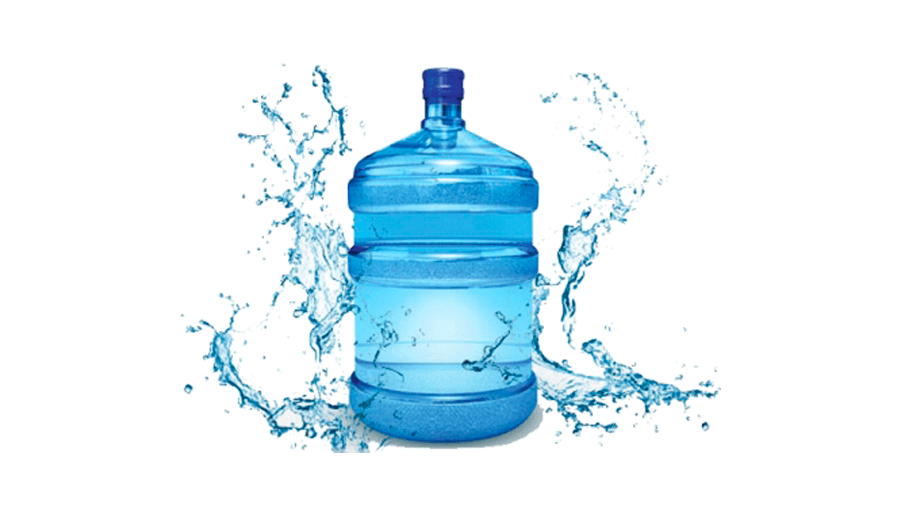Bottled water storage: how packaging affects the quality of drinking water?

Bottled water storage: how packaging affects the quality of drinking water?
If you take care of your health and the environment, you will surely be interested in this topic. Let's say from the beginning: PET bottles are not really as innocent as they seem at first glance, but it is not necessary to get back to a heavy fragile glass either. For example, we deliver water in polycarbonate bottles, which is an environmentally friendly, safe, light and durable material.
What are the advantages of polycarbonate bottles?
In this field, polycarbonate has been used since the 1970s, when the practice of water delivery to houses and institutions appeared in the United States, together with special bottles. By the way, the volume of packaging that is unusual for the former Soviet countries – 18.9 liters (rounded to 19) – also comes from the States and equals to 5 gallons.
Since polycarbonate is one of the most expensive polymer materials, it is rarely used to produce a small-volume disposable packaging. Few people reuse mineral water or soda bottles, and few give them for recycling, so it's not profitable for producers to send expensive material to its death. However, there are large bottles with drinking water that are reused repeatedly and serve faithfully for up to 10 years. Let’s agree that it is a win-win game for all.
Polycarbonate is easily processed and can be reused after recycling for times out of number. The polymer contains organic substances only, and therefore even a thrown bottle does not cause pollution (but it’s better not to throw it, especially in the countryside – now it’s certainly not the right time to disregard the environment). The biogenic composition of the material is also the reason for being safe for the health of consumers. Moreover, if you have always thought that it is not important, since you do not eat the bottle, let us give you some scientific facts that will make you think about it.
PET and PVC packaging: caution, danger!
The most popular are the bottles of PET - polyethylene terephthalate. This material contains toxic substances, including acetaldehyde, which has the property of leaching into the water. This process under ideal storage conditions is slow and the concentration of acetaldehyde in water does not exceed the limits. However, high temperatures and bright light cause the catalysts of substance migration.
Let’s imagine an ordinary situation: the truck with a metal body has been carrying crates of water for many hours in the blazing sun – the temperature in the body can be higher than 40 degrees, which is sufficient to spoil the water. In addition, brightly illuminated supermarkets, where water can stand for weeks make the product even less useful. Maximum allowable acetaldehyde content in drinking water is 200 µg/dm?, but, if improperly stored and transported, its concentration in water can greatly exceed the limits.
The situation is no better in case with reusable bottles: although they are stored in cold rooms during transportation, they also can heat up; and few people put them in a dark place at homes and offices. Beside acetaldehyde, water stored in PET packaging may contain ethylene glycol, isophthalic and terephthalic acids, dimethyl terephthalate. All these substances have a mutagenic and carcinogenic potential, i. e. they can damage human DNA and cause the growth of cancer cells. Therefore, it is better not to order water in PET bottles.
With PVC containers, things get even worse: under ideal storage conditions, vinyl chloride migrates into water, and the longer it is stored, the higher the concentration of this toxic substance becomes. In some cases, the total dose of consumption of this monomer with water can reach 100 ng/day per person, with a maximum allowable intake of 25 ng.
To sum up
What should we do, if stores sell water mostly in PET bottles, and, anyway, it is impossible to check the storage correctness? The answer is simple – to order water delivery in bottles from a safe material, i. e. polycarbonate. If you want to take water out, it is better to have a reusable bottle made of stainless steel or of polycarbonate, as it is more environmentally friendly (you will have less garbage to take out), healthy and economical. Compare prices per liter of mineral water in a shop and water delivery service, and you will be pleasantly surprised by how quickly the purchase of a reusable bottle will pay off.

